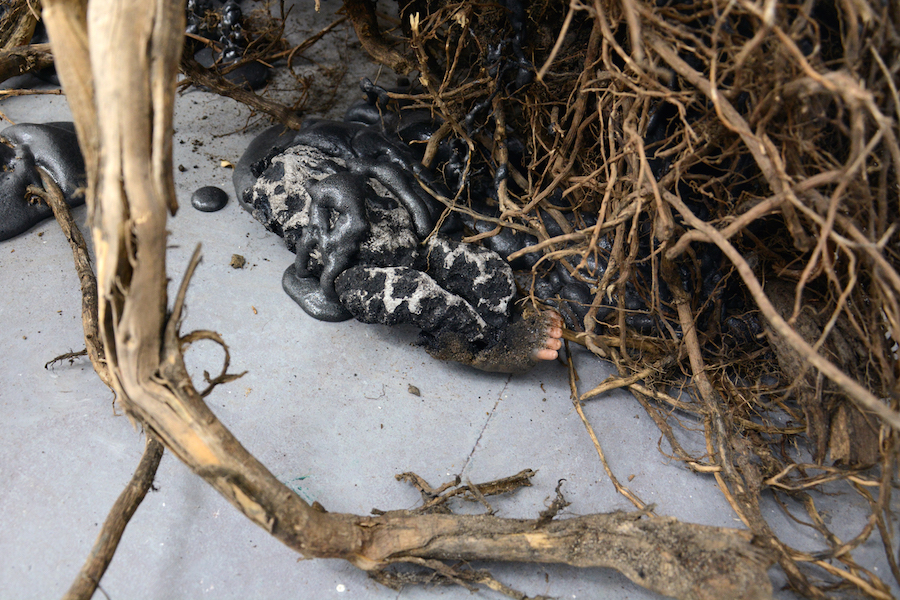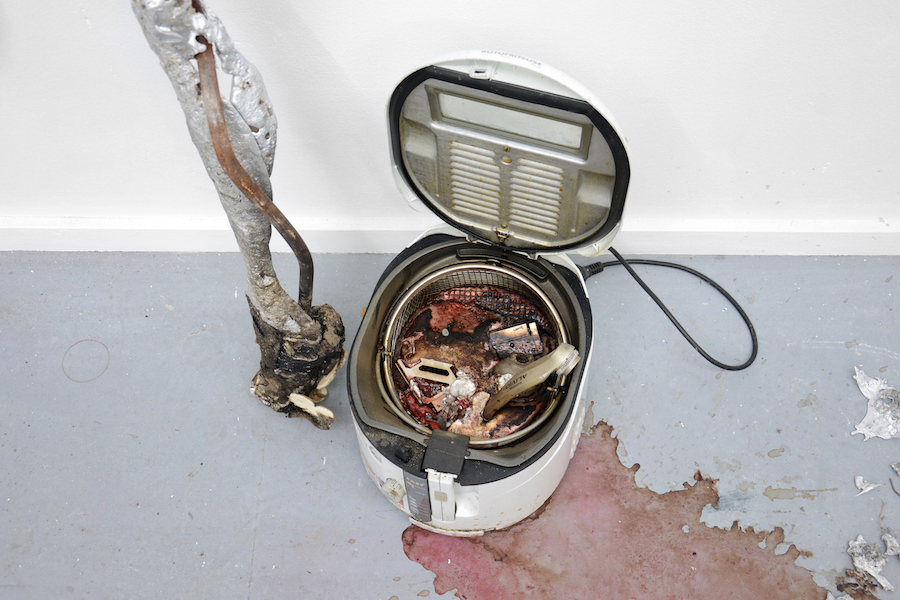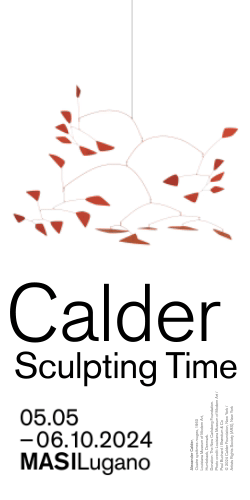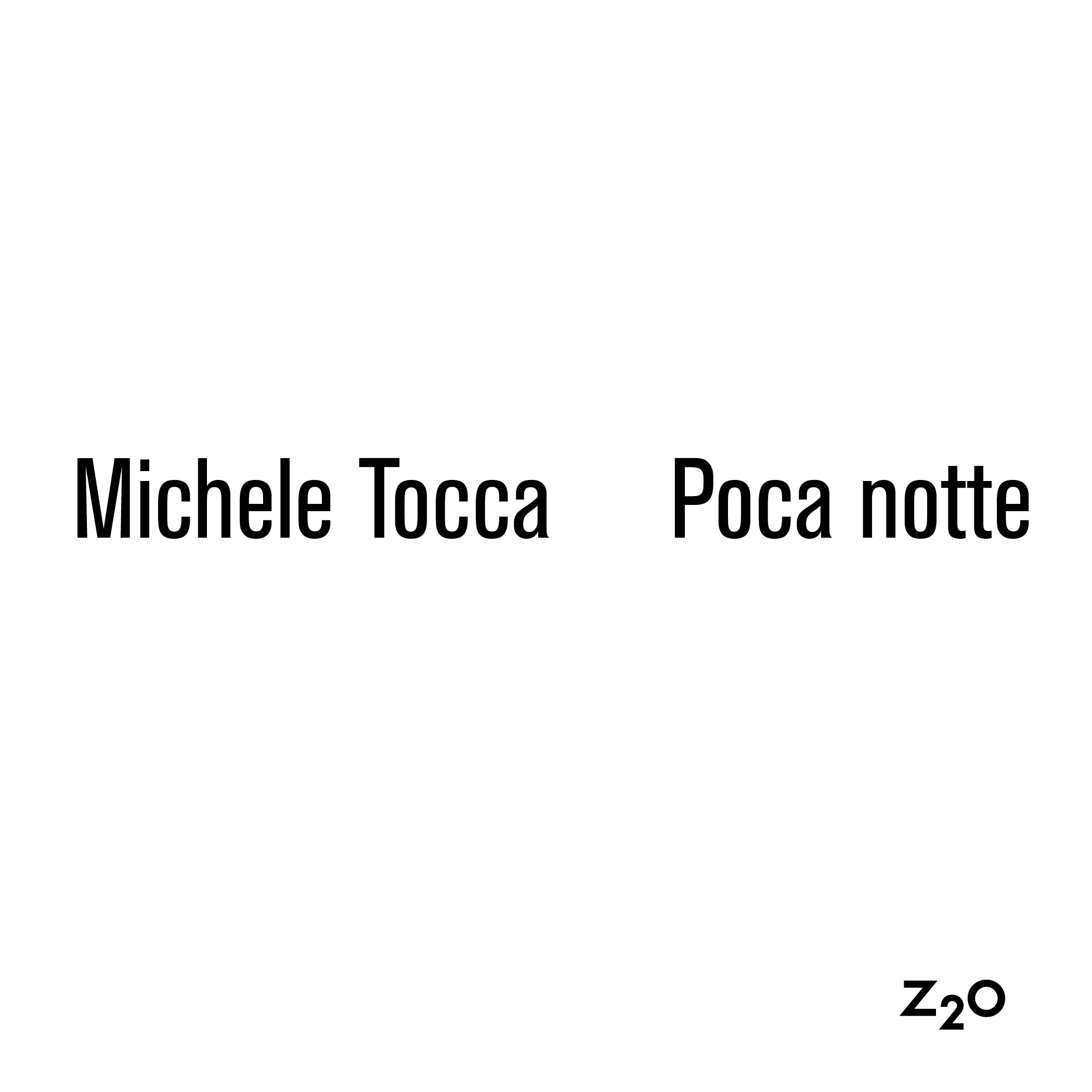[nemus_slider id=”49133″]
From September 16 to October 24 Berlin based L’Atelier-ksr hosted 1 Lunatic 1 Ice Pick, an on-site installation show by Antoine Renard and Clémence de La Tour du Pin. “The kinky environment re-created by the two artists reflects the cryptic virtual realm of online gaming, its dark spaces of excess entertainment and constant trans- formation. A collapsed consciousness drawn into its limbs”, explains Stefania Angelini, founder and director of the gallery/project space based in Berlin-Kreuzberg.
We asked some questions to the artists.
ATP: Your researches have many things in common. How did the idea of working together on this show come about?
Antoine Renard: I heard about the Luka Magnotta case back in 2012 when he was arrested in an internet cafe a couple of blocks away from my studio in Berlin Neukölln. At that time I was shocked by the profile of Luka, pretty much my age, he is the kind of fugitive that travel with easyjet and go hide in trendy districts like Bastille in Paris or Neukolln in Berlin. He reminded me so much of many artists friends and people I hang with. He felt like a symptom of a generation, addicted to porn and social media, expressing a deep inability with regular society. That’s what I find fascinating about his persona: marginalized yet deeply connected, apolitical from a middle class background, he represents this first wave of teenage web users that immersed themselves deep online as they grew up. His collateral attraction to flesh and technology really grabbed me. It is not the first time that Clémence and I use online content to translate it into a physical space. Earlier this year we organized the group show Windowlicker at Center in Berlin, which was based on a text from a publication I released two years ago: Oh Rats! It’s Deceiving!, a compilation of self transcribed teenager’s psychedelic experiences found online on various drug related blogs and communities. 1 Lunatic 1 Ice Pick follow the same idea of mapping something of a “head space” based on online material.
Clémence de La Tour du Pin: Yeah, 1 Lunatic 1 Ice Pick is continues our research. Antoine and I started working together in 2013 in our project space Center in Berlin where we’ve been building situations and environments which are mainly based on video games and non-fiction story found on the internet. When Antoine told me about the story of Luka & Jun love affair, I directly thought we should use this material as it combines lots of subjects we are both interested in: identity issues and mental disorders, online games and porn, surgery, cannibalism and death. Luka’s trans-personality was also interesting to me because he seems to be a metamorphosable character, not rooted in any type of gender, androgyne, he dresses both as boy or as a girl, openly promoting himself and participating to discussion on bisexuality – having girls, boys and trans lovers. He constructed his own versions similar to avatars in games. He’s been ‘adjusting’ himself through internet and tech: changing his own name, modificating wikipedia pages in order to provoque rumors on him, using dozens of differents accounts and ‘updating’ his shapes regularly with facial and body surgery – all those acts prove in a certain way the un-existing boundaries between on and off. I am interested in the inversion in his mind that point out other limits and boundaries where killing becomes just a way to get more fans online.
ATP: The main inspiration for the show comes from 1 Lunatic 1 Ice Pick, a real snuff movie posted 3 years ago on a famous gore website that eventually led to the capture of Luka Magnotta. Despite these realistic premises, your installation kinda reminds me a of a 3D videogame set. Is it because you want to underline in a radical way the complex relationship between the online world and the real world?
CdLTdP: Yeah, definitely. We wanted to overlap this complexity of online/offline, public/private and inside/outside by melting together various sources like the cannibal love story of Luka with spreading Jun’s body around the space, situations from our private life as the moisture coffee cups, a Justin Bieber doll and the B-movie Brain Damage that feature an unwilling relationship of a young man with a malevolent leech-like brain-eating parasite called ‘Aylmer’. The architecture of the show is inspired by the science fiction horror-themed video game Doom which is mess up by porn spams and 3D rendered haircut adverts I received on my e-mail.
AR: We decided to follow a Doom-like type of setup, putting the viewer in some kind of a sculptural maze, our approach on 1L1IP is the one of a developer that uses a story as a narrative background. It is a first person (POV) type of experience. The installation is a space, a MAP. We experienced the story through our computer screens, and converted it into a physical experience, which is what it ultimately was in the first place (the murder was real). I see it as a form of reverse engineering. Doing so enable us to drive the tension towards the works more than the story. And draw a direct line between the physical objects and the subconscious narrative.
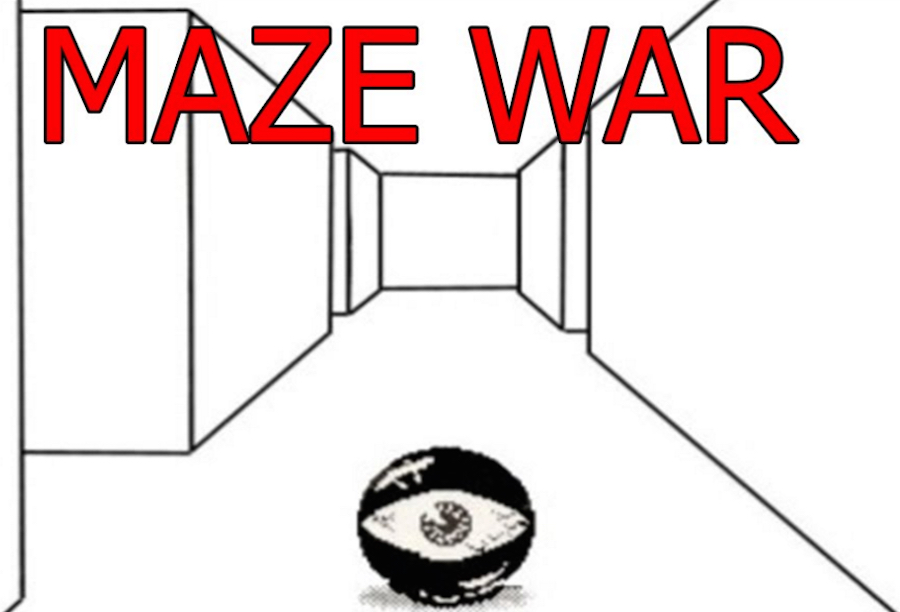

ATP: A main issue of the show is engaging the viewers’ sense of smell. Could you tell me further about this aspect, which can’t obviously be experienced online?
AR: The first thing we did when we entered the space was to close off the room and to seal the windows so that no air could circulate. Then came the welding of the metal structures, the dirt, kitchen fat and the rotting coffee cup. The materials are raw, greasy, dirty. When you source materials from the internet, you usually download, capture or mine them, it’s sharp, clean and tasteless, but how about scavenging data? What is the taste of that shiny eternal apple uploaded on Pinterest a year ago? This is what we tried to do: scavenging digital roadkills, the show smells like rotten DSL and burnout computers, it’s quite claustrophobic and unhealthy.
CdLTdP: Before the exhibition, I sketched a texture Carnographic Pleasure based on butyougotolooklikedevilhorns, a sharing document Antoine and I did. The blend is composed by rotten skinfruit, wine, dye and an old PC store scent in hairgel that I had in my fridge – it’s a very aldehydic and toxic odor – which we showed during the dinner-show ALL FLESH IS GRASS AND ALL ITS BEAUTY IS LIKE THE FLOWER OF THE FIELD for 0dx.org. At L’atelier-ksr, the blend is displayed in sealed alu cans, it’s not possible to experience it. We wanted to do something more performative rather than making a smell for the space. Since the show is based on materials, it made sense to us that the scents came directly from the substances, metals and objects we used and manipulated for the sculptures. The emanations mix up spontaneously in the air – it’s basically dirt, rotten, coffee, nicotine, gels, greasy metals and burned plastic which makes an acrid taste and mechanical corpse feelings to give the viewer an experience of death.

ATP: Antoine, you’re interested in having a firsthand visceral experience with the new changes led by science, engineering and technology. Could you tell me about the connections between this show and your research?
AR: The show reflects my interrogations on how cultures and identities are affected by the digital world. I think my work evokes a form of hysteria embedded in modernity, it’s both wild and domestic at the same time.

ATP: Clemence, your research is about the condition of the materials left behind by the Internet environment, focusing on our perception of what is real that – using the words of Philipp Kleinmichel – “can neither be sufficiently reduced to digital code nor resolved in the imaginary of a networked world of unresisting digital flow.”. How did this interest of yours come about? Could you introduce us to the perspective from which you look at these objects?
CdLTdP: I think I always have been interested in looking at the aura of things. My attention is somehow not driven towards objects – even if I make objects – but to their surroundings. I usually investigate to gather datas that I manipulate and translate into forms. The ‘materials left behind by the Internet’, like fluids, dirts, body secretions, yet hardly encodable, are for me significant territories that escape from any forms of control.
